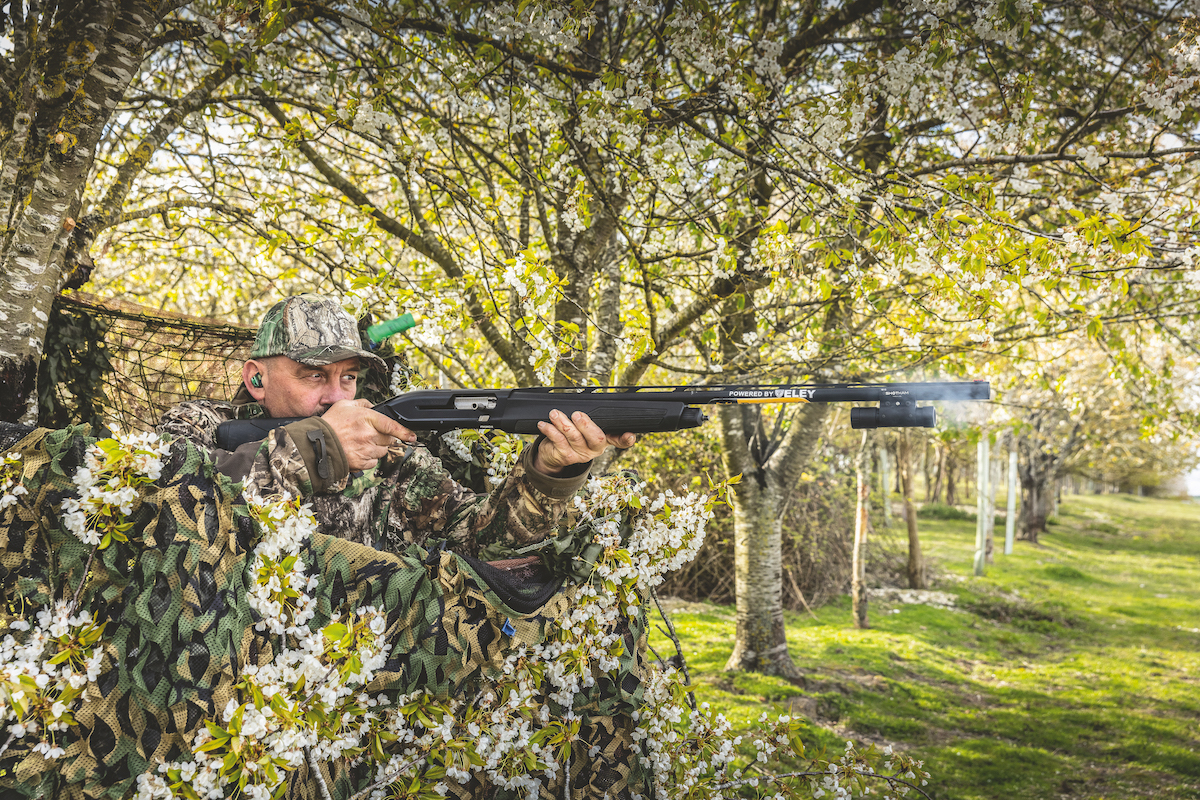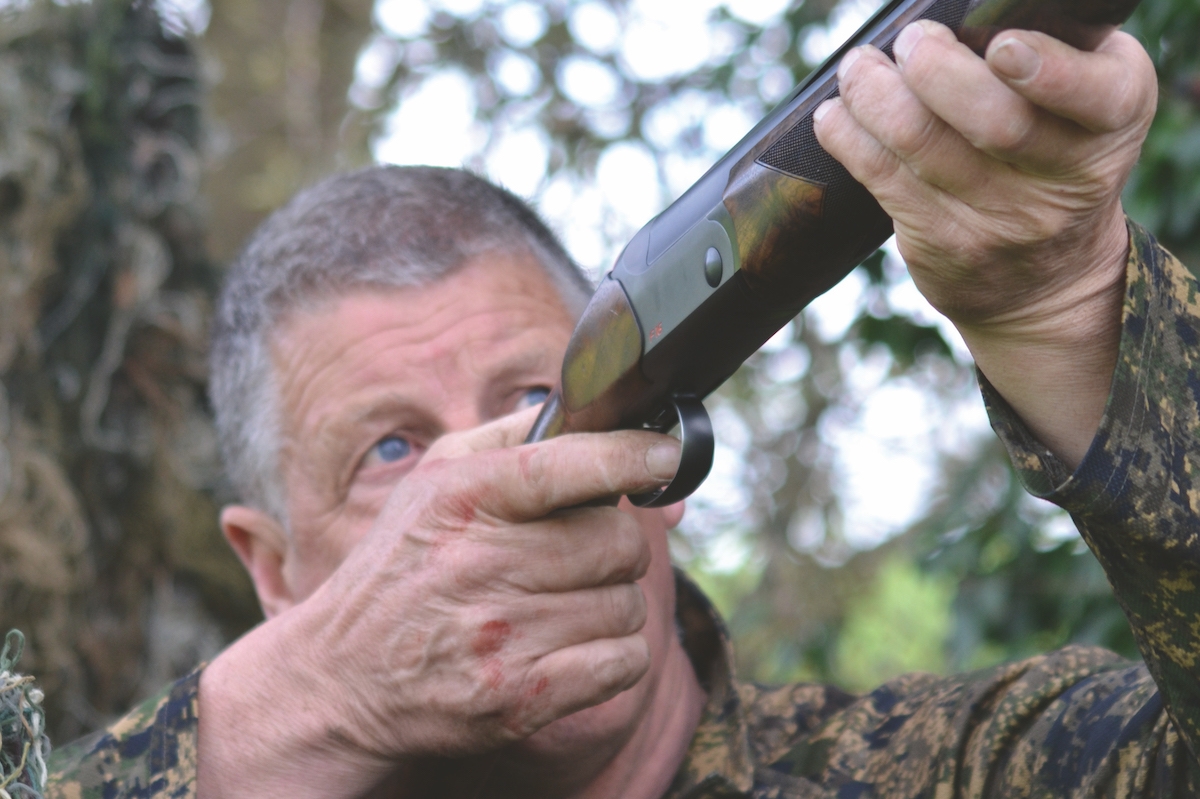How woodpigeon behaviour has changed
There’s nothing as quintessentially English as the woodpigeon, says Graham Lorne, but their behaviour has changed markedly
All the local woodpigeon shooters agreed on one thing last winter; there just didn’t seem to be the consistently large flocks they would expect to see. Like keen pigeon decoyers across the nation, they had a few days where there were sufficient numbers ravaging the crops to require swift, lethal intervention, but very few experienced days worthy of note. Various theories were expounded, with the threat of avian influenza — bird flu — being popular, as several domestic poultry sites had been affected within our district.
Odd weather
The season’s odd weather was considered a potential reason too, with woodpigeon flocks allegedly failing to migrate to the UK because of milder winter conditions on the Continent. Conversely, others blamed the reduced growth of the oilseed rape crop by farmers as being a reason. There were certainly more theories than definitive answers.
One change in woodpigeon behaviour I have noticed centres around the increasing quantity we see in our gardens.
I have lived in my current property since 1980, and it’s an undeniable fact that woodpigeons are the most plentiful species in my garden. It was no surprise to learn that the RSPB’s 2023 Big Garden Birdwatch had recorded the ubiquitous ‘woodie’ at number four in its survey.
We now have a parochial contingent of around a dozen birds frequenting my meadow and garden all year long. In spring, the flock seems to concentrate on the meadow, where they pick for grass seeds. Often, the dozen ‘home birds’ attract flighting woodpigeons, and over 25 can often be seen working their way across my one-acre meadow.
It’s an education to watch the etiquette displayed by the incoming birds as they land with great delicacy among the pattern of live birds. Even the dog retrieving dummies just yards away is rarely enough to scare the birds off — and then they only move on as far as the damson trees, where they feed on the emerging green buds until the coast is once again clear.
There have been many nests in the trees and hedges in the gardens bordering my own over the past decade. Despite the magpies, jays, sparrowhawks and cats haunting the village gardens, the pigeons persevere, and most young cushats survive the journey to adulthood.
My woodpigeons spend the winter in the shelter of the gardens, and it’s fun watching them balancing on a branch as they consume a crop-full of ivy berries from the hedge, usually on a gusty or wet afternoon.
Of course, they are always aware of the bird feeders and will congregate to scoff any dross dropped by the finches. This is all understandable, but what has prompted this noticeable change in these woodpigeons’ normally agrarian lifestyle?
Miscreants
Around 40 years ago, it was much rarer for a woodpigeon to even venture near a village garden. The old-timers were primarily fruit and vegetable gardeners, and the sight of a couple of pigeons eating their emerging spring cabbage plants would not be tolerated.
A shot, which was typically fired at dawn from a .410 or air rifle, would usually be enough to end the miscreant’s career, while those that managed to escape the wrath of the owners would learn an invaluable lesson in self-preservation.
Back in the 1970s, the birds were worth between 15 to 35p to gamedealers, a fact that encouraged country lads with air rifles to sort out any easy targets that presented themselves — not that they often did.
Since then, much has changed. Taller hedges for privacy, flower beds and ornamental trees are now vogue, while the average modern suburban youngster is less inclined to have an interest in airguns. These simple changes in habitat and circumstances seem to have been to the highly adaptable woodpigeon’s advantage, and at least six will sit cooing in the hedgerow aside the kennels while I feed the dogs their breakfast.
As they stare inquisitively down at me, I often think of the hundreds of hours I have spent shivering in some bare, windswept woods in February, vainly waiting for the chance to get off a shot or two at some extremely skittish woodpigeons.
To this day, those birds flighting in from the open fields will still spot the slightest movement of a bare hand or an upturned face from 100 yards away, while my home pigeons sit a matter of feet away with total indifference to my presence.
My pal Mark, a local pigeon-shooter, often comments on this relaxed behaviour among the birds on his smallholding situated on the village’s urban fringe. “The pigeons in my garden are half-tame, and don’t react to man like they do when I’m decoying. I think they are a different strain that have adapted to the conditions that support a suburban lifestyle. I call them ‘hedge pigeons’.” I think he might have a point.








